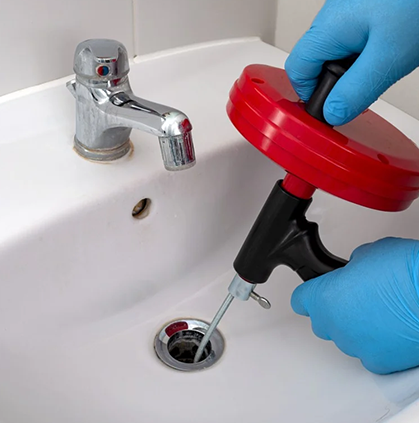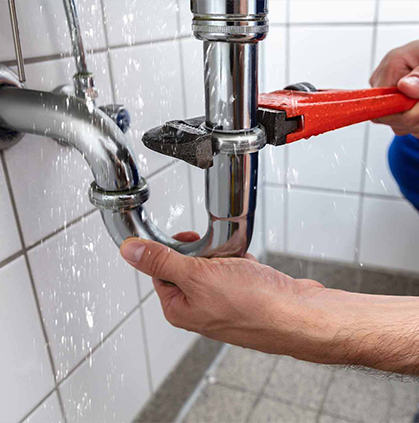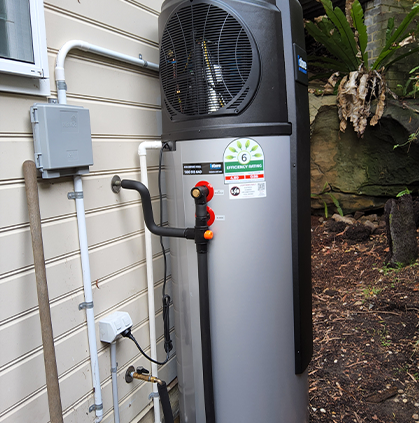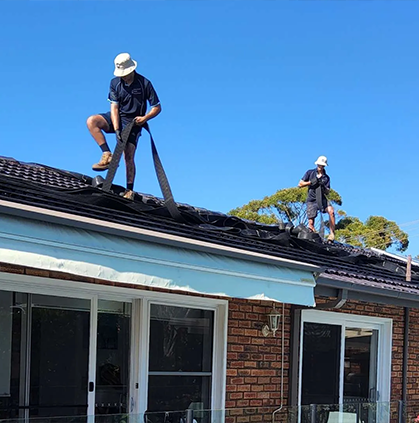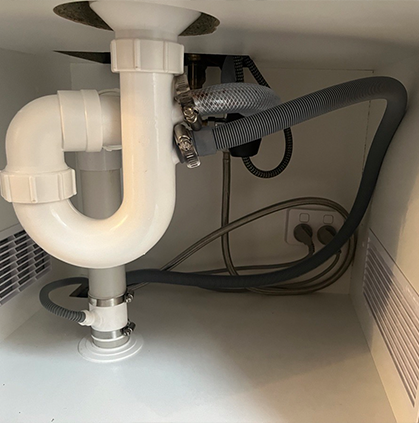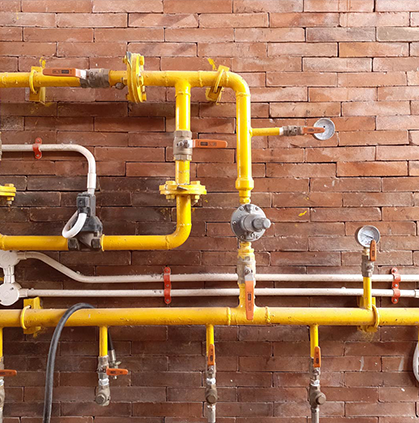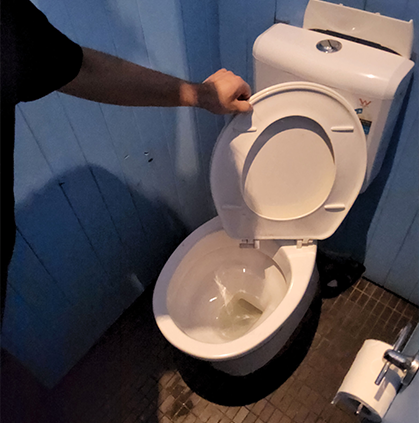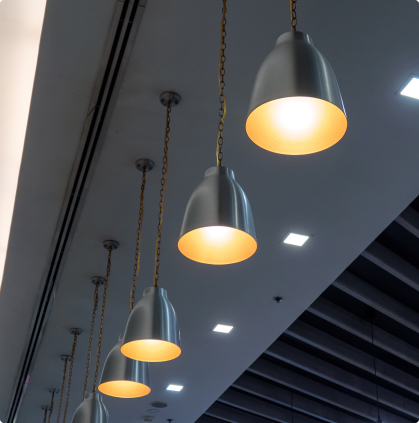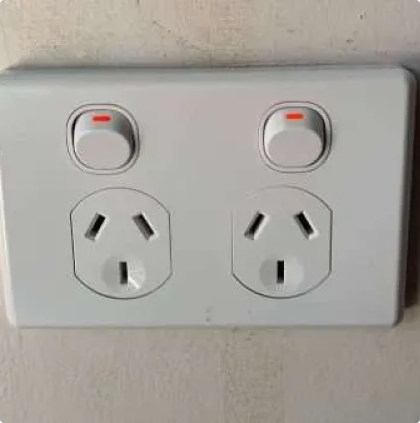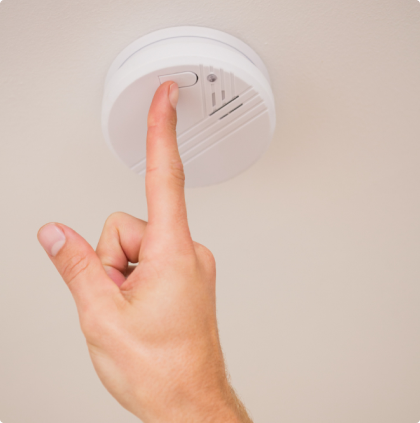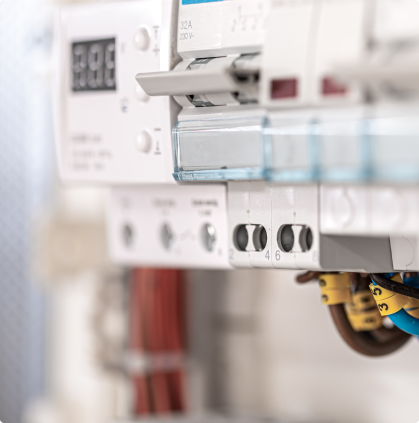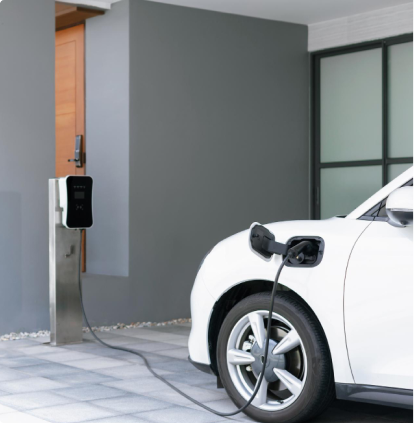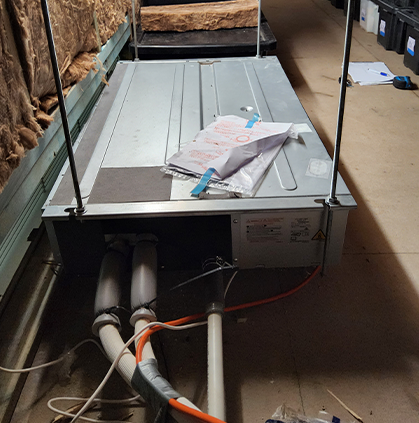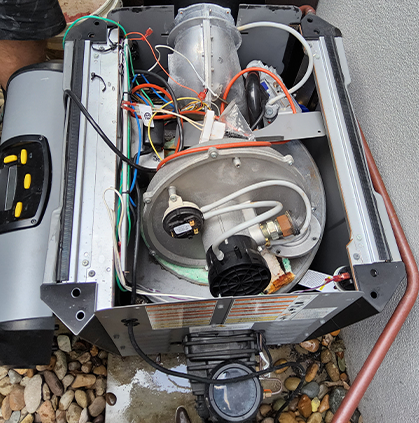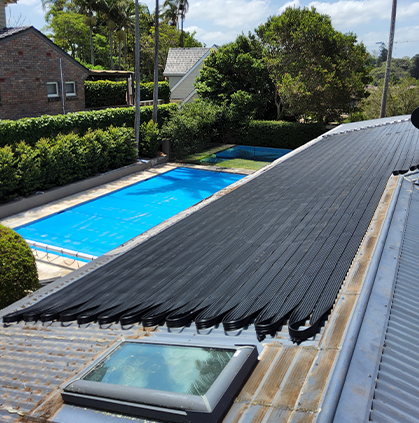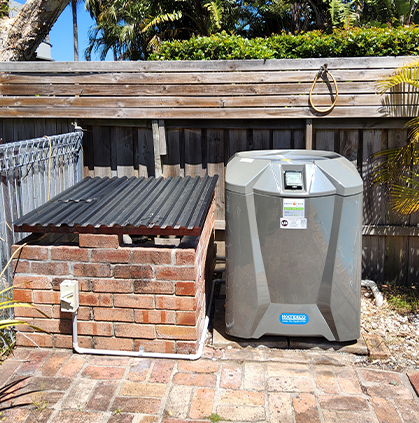Nothing is worse on a hot Australian day than your AC blowing warm air. This guide gives you simple steps to find out what’s wrong and fix it yourself, or know when to call air conditioning services.
You’ll also learn how to prevent them from happening again, both in split and ducted systems. So, let’s get started.
11 Reasons Why Your AC is Blowing Warm Air and How to Fix Them
Here are the common problems when your AC blows warm air and how you can fix it yourself or call a pro:
1. Your Air Filter is Dirty
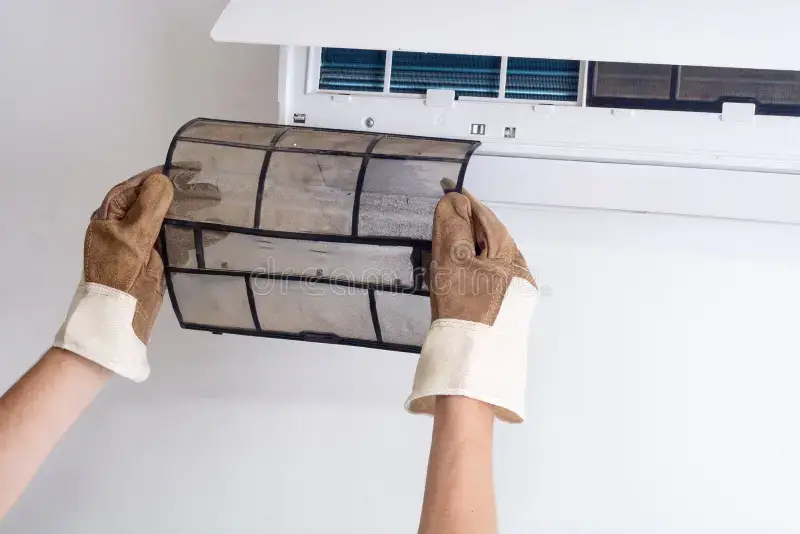
- Verdict: Often safe for homeowners to do
Your AC has a filter that grabs dust, pollen, and hair from the air. You’ll usually find it in the return air duct of your HVAC system.
It mainly helps clean up the air inside your home. Plus, it keeps the important parts of your AC, like the evaporator coil.
When your AC filter is clogged with dirt, it blocks the airflow going into your indoor unit. So you might end up with the AC blowing warm air.
Then how to fix your aircon when this happens?
- Find your air filter. It’s in the return air grille for ducted systems, or inside the wall unit for split systems.
- If it’s dirty and brown, you can try to clean it or get a new one. Make sure the size is right (703x385mm or 885x385mm).
- Turn off your air conditioner and put in the new filter. Make sure the arrow points towards the inside unit.
- Turn your AC back on to see if the problem of AC blowing warm air is fixed.
2. Your Thermostat is Set Incorrectly
- Verdict: Often safe for homeowners to do
Your thermostat is your AC’s control centre. It checks the room’s temperature and tells the main cooling system to turn on or off based on your setting.
If it’s not working right, your AC won’t know when to turn on the compressor and condenser. And if your thermostat’s set to “heat” by mistake, it can cause AC blowing warm air.

So, what do you need to do to fix the thermostat so your air conditioner can cool your home again?
- Make sure your thermostat is set to “Cool”, not “Fan Only” or “Heat”
- Set the temperature lower than the room’s temperature.
- If your thermostat uses batteries, put in new ones.
- Look for error messages or a blank screen, which confirms an electrical issue.
3. You Have Blocked Return Vents
- Verdict: Often safe for homeowners to do
Return vents are the grilles that pull air from your rooms back to your AC unit through the ducts. That’s how the AC system works with this “return” loop.
If a return vent is blocked by furniture or its louvres are shut, your system doesn’t get enough air. This creates airflow restriction for the indoor unit.
Without enough warm air passing over the coils, your AC can’t cool properly, and the restricted airflow might even cause the coil to freeze up.
So, if this issue happens, here’s what to do:
- Walk through your home and check all return air vents.
- Move furniture, rugs, or anything blocking the vents.
- Look for dust or debris on the vents and vacuum if needed.
- Listen for hissing or whistling sounds. That could mean ductwork is disconnected.
4. Your Condensate Drain Line is Clogged
- Verdict: Often safe for homeowners to do
Your thermostat is set right, and your AC filter is clean too. But why is the AC blowing warm air? A common cause is a clogged condensate drain line.
Your drain line takes care of the moisture it pulls from the air when it goes over the evaporator coil. It moves that water from the condensate pan inside your unit out to a drain.
If your drain line gets clogged, your condensate pan will fill up quickly. That trips the safety float switch, and shuts your whole HVAC system down.
Then what you should do when these problems happen:
- Find your drain line. It’s usually a 19 mm plastic pipe near your indoor unit.
- Look for water around your indoor unit or the drain pan.
- Find where the drain line goes out of your house.
- Try to clear it. You can use a wet/dry vacuum or a garden hose with gentle water pressure
5. You Have Outdoor Unit Power Supply Issues
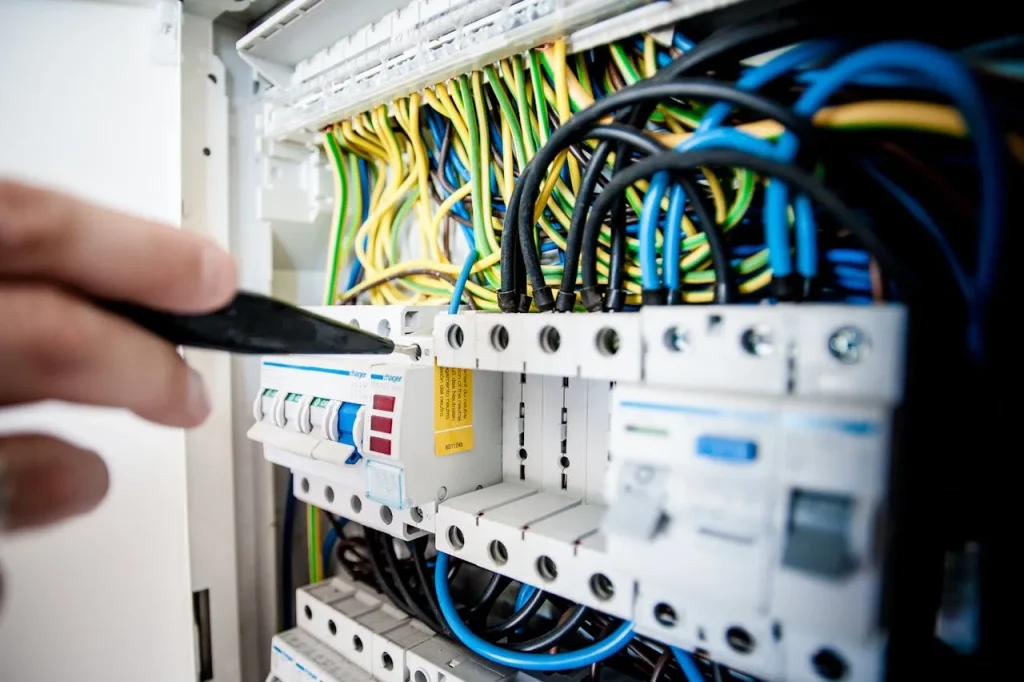
- Verdict: Often safe for homeowners to do
Your AC needs both its indoor and outdoor unit to work. Your condenser unit needs a steady power supply to activate the contactor. That’s what makes the compressor and condenser fan motor run.
And if your condenser unit loses power, your cooling process stops instantly. You’ll just have room-temperature air blowing. That said, your AC is blowing warm air.
This electrical problem is often triggered by a tripped circuit breaker. Or maybe it’s a blown fuse, a failed capacitor, or even just the electrical disconnect switch.
So, how to fix this issue?
- Find the outdoor switch, usually a box by your AC unit, and make sure it’s switched “On.”
- Check your main breaker box for a tripped AC breaker and flip it back on if it is.
- If basic steps fail, call a licensed electrician for further diagnosis.
6. Your Condenser Coils is Dirty
- Verdict: Try if you’re confident and able to do it safely
Cleaning the AC coils is important for your air conditioner to work well, especially the condenser coil outside.
These coils help get rid of heat from your home. They cool down the hot refrigerant gas coming from inside, turning it back into a liquid.
If dirt or leaves cover the coils, they can’t release heat properly. The refrigerant stays hot and comes back inside still warm. This makes your vents blow warm air instead of cool.
And what should you do when this happens?
- Turn off your AC at the thermostat and breaker.
- Check the outdoor condenser for dirt, leaves, or debris and clear away.
- Gently brush dust off the coil fins with a soft brush or an old toothbrush.
- For stubborn dirt, rinse the coils with a garden hose on low pressure.
7. Frozen Evaporator Coils

- Verdict: Try if you’re confident and able to do it safely
Your evaporator coils are inside your AC unit, where the refrigerant soaks up heat from your indoor air. This turns the air cool before it’s blown back into your rooms.
If these coils freeze over from low refrigerant or poor airflow, they can’t absorb any more heat. This makes your AC blow warm air.
Follow these steps to fix these problems:
- Turn off your AC. If the coils are frozen, running it can damage the compressor.
- Then, wait for the coil to fully defrost, which may take 4 to 24 hours.
8. Low Refrigerant Levels or Leak
- Verdict: Technician needed
Refrigerant is the fluid in your AC’s sealed coils. It changes from liquid to gas inside your house, soaking up heat. Then it goes outside, gets compressed back into a liquid, and releases the heat.
If your system leaks and runs low on refrigerant, it can’t absorb heat properly. Without enough refrigerant, the cooling cycle can’t finish, so AC blowing warm air is the consequence.
Then what you should do when these problems happen:
- Listen for hissing or gurgling sounds from the refrigerant lines.
- Let the technician check the copper refrigerant lines for any ice or frost on them.
- See if there’s oil residue around the line connections.
9. Your Condenser Fan is Broken
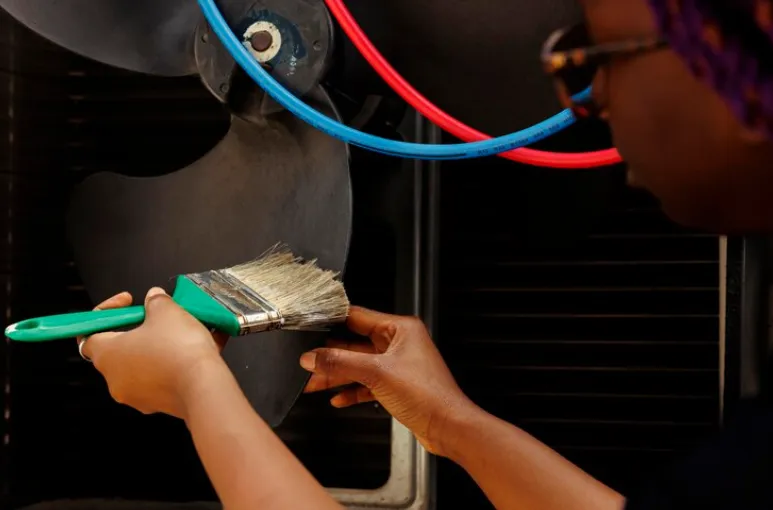
- Verdict: Technician needed
The condenser fan is the big fan outside your AC unit that pulls air over the coils to release heat from inside.
This airflow cools down the hot refrigerant gas, turning it back into a liquid. If the fan stops working, heat gets stuck in the coils. That’s why warm air comes out of your vents.
What should you do when this happens? Call a professional to check for you.
- Turn off your AC and listen to the outdoor unit.
- Check the fan blades for debris, sticks, or leaves.
- Clear any visible obstructions around the fan.
- Turn the AC back on and see if the fan spins.
10. There are Electrical Issues
- Verdict: Technician needed
Electrical issues like a bad capacitor, faulty wiring, or blown fuses can cause AC malfunctions. A common problem is the AC blowing warm air. These components supply and control power for the system.
If the AC capacitor fails, the compressor and fan lack boost, causing a hum but no cooling or warm air. Wiring issues can cut power, and blown fuses will shut everything down.
You can follow these steps to fix these problems:
- Check your circuit breaker box to see if a breaker has tripped.
- Flip it back on. If it trips again right away or keeps happening,
- Call a professional to help with the electrical issue.
11. You Have a Faulty Compressor
- Verdict: Technician needed
The compressor is the heart of your outdoor unit. It pressurises the refrigerant gas, moving it through the system to release heat outside.
If it breaks, it can’t pressurise the refrigerant, so your AC stops cooling. That means warm air, weaker airflow, and maybe overheating or shutting down.
- Listen for loud grinding, rattling, or screeching from the outdoor unit.
- Check if the outdoor unit is completely silent when the thermostat calls for cooling.
- Monitor your circuit breaker for frequent tripping.
- Look for any damage or rust on the compressor.
How to Prevent Your AC From Blowing Warm Air
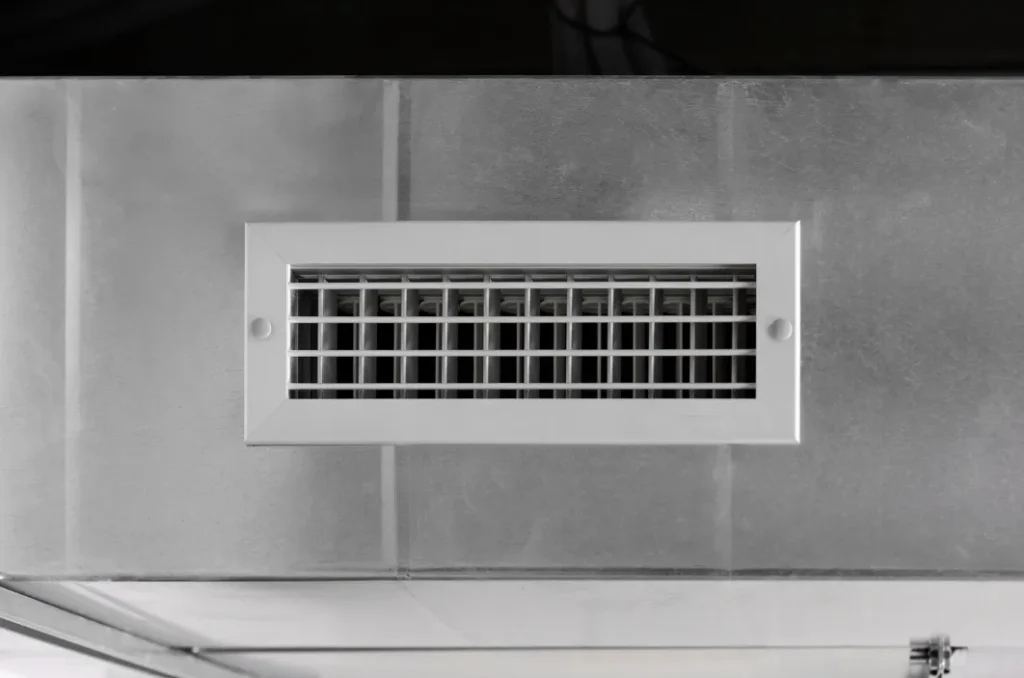
You know how to fix your AC when it blows warm air, but did you know there are ways to prevent it?
- Change or clean filters every 30 to 90 days. Thicker filters can last 3 to 12 months. Check monthly during busy seasons, or if you have pets or allergies.
- Keep the outdoor condenser clear, at least 2 to 3 metres away from plants and structures, and 5 metres above.
- Keep all vents open. Closing unused vents can block airflow and damage your system unless you have zoning controls.
- Clean the condenser coils once a year to remove dirt and debris. In dusty or leafy areas, ask a professional to clean them.
- Check refrigerant levels during your yearly service. If levels are low, it might mean there’s a leak that needs fixing by a professional.
- Flush out condensate drains regularly using a vacuum or low-pressure water to prevent clogs.
- Test thermostats seasonally when changing modes. Make sure the settings are correct and the batteries are new.
- Schedule a professional HVAC check-up once a year in spring. They find small problems early and help your system work better.
When to Seek Professional Help

You know the common causes of warm air from your AC and how to fix them. Some are simple DIY jobs, but others are risky and need a pro:
- Do you hear hissing sounds or see ice on copper lines? This indicates a refrigerant leak. For this, you need a certified professional from the EPA to fix it. Do not try to repair it yourself.
- You might hear loud grinding or rattling, or experience breaker trips frequently. This could indicate that the compressor is broken. This AC unit part is complex and involves high voltage, so a trained technician should repair it.
- Repeated breaker trips, burning smells, or scorched wiring suggest electrical problems. Handling high-voltage issues is dangerous. So, call a professional.
- Is there any ice on the indoor coil, or do you find water pooling? It means the evaporator coil is frozen. A technician needs to safely thaw it and determine what caused the freeze.
FAQ: Common Questions About AC Blowing Warm Air
Here are some common questions asked about AC blowing warm air:
Why is my AC running but not cooling?
The cause could be many things. Common issues include a dirty filter, low refrigerant, incorrect thermostat setting, or a frozen coil. Some problems you can check yourself; others require a professional HVAC technician.
How to reset AC that is not blowing cold air?
Turn the thermostat off for 5 minutes, and turn it back to “cool.” Then, turn off the breaker for 30 seconds to reset it. If it still doesn’t cool, call a professional to help you.
Should I turn off the AC if it’s not cooling?
Yes, turn it off if your AC is blowing warm air. Keep in mind that running a broken AC can damage parts. It will cost you more for repair or replacement. Let it rest and call a professional to handle that issue for you.
Is it safe to run an AC that is not blowing cold air?
No. Don’t run a struggling AC. It risks burning out the compressor, starting fires, or leaking refrigerant. And ignoring trouble triples repair costs. Recharging is cheaper than replacing the compressor.
How to tell if AC is low on refrigerant?
If your AC isn’t cooling right, you hear hissing, see ice on the lines or coil, or the air isn’t blowing strong, it’s probably a refrigerant problem. But you’ll need special tools to check, so don’t try fixing it yourself.
Conclusion
Your AC system isn’t a mystery. Most warm-air problems come from missed maintenance or simple part failures. You’ve learned the common reasons and how to fix them properly.
But keep in mind that not all HVAC issues are DIY repairs. Always put your safety first and handle your AC system with care.
If you’re not sure, just call a professional at Lightning Bult. We’ll help you diagnose problems safely and restore your system’s performance to make your home comfortable again.



